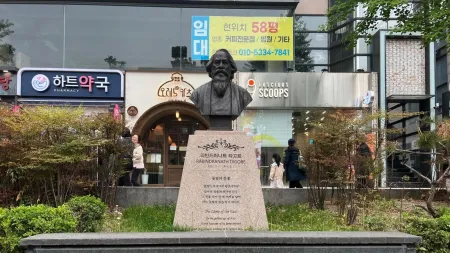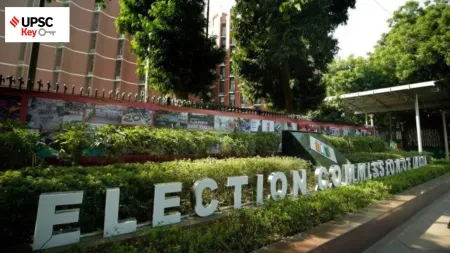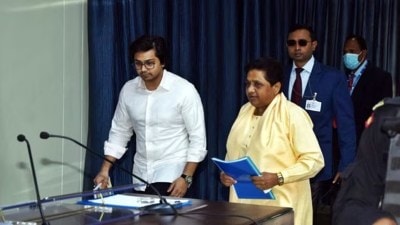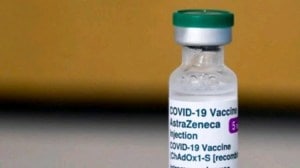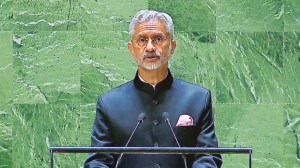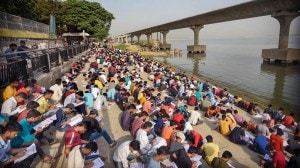- India
- International
Public expenditure on health at a dismal low
Public expenditure on health in India in terms of percentage of GDP has not increased in the last few years and the share of the central government has been steadily declining over the years.
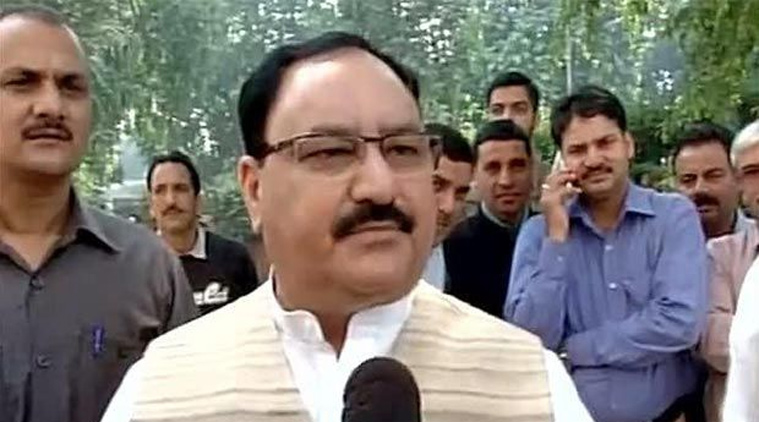 The National Health Profile 2015 was unveiled on Tuesday by health minister J P Nadda.
The National Health Profile 2015 was unveiled on Tuesday by health minister J P Nadda.
Public expenditure on health in India in terms of percentage of GDP has not increased in the last few years and the share of the central government has been steadily declining over the years. These are some of the findings of the newly introduced section on health financing in the National Health Profile 2015, compiled by the Central Bureau of Health Intelligence. However, the per capita public expenditure has gone up from Rs 621 in 2009-10 to Rs 890 in 2012-13.
In 2012-13 public expenditure on health was 1.08% of GDP. The figure has not changed since 2009-10. The Centre-State share of that expenditure stood at 33:67. Around 22 crore people in the country had some form of health insurance of whom 67% were covered by public insurance companies. This was about 18% of the total population of the country. India’s public spending on health as a percentage of GDP is one of the lowest among the SEARO countries, higher only than Myanmar and the lowest among BRICS countries.
The National Health Profile 2015 was unveiled on Tuesday by health minister J P Nadda. India’s public health financing deficit is held as one of the primary problems in the health sector of the country and also why millions of people go bankrupt. A report of the High Level Expert Group of the erstwhile Planning Commission had pointed out that 70% of the out of pocket expenditure on health are for drugs which leads to debate on the need for a free drugs programme funded by the government. Since the dying years of the UPA government, free drugs programme has been in the works, but the lack of adequate funds has been a biggest impediment. Initial estimates peg the annual cost of a countrywide programme at Rs 6000 crore.
The report points out the importance of health financing in moving to a universal health coverage model. “Health financing levers to move closer to universal health coverage lie in three interrelated areas: raising funds for health, reducing financial barriers to access through prepayment and subsequent pooling of funds in preference to direct out of pocket payments; and allocating or using funds in a way that promotes efficiency and equity. Developments in these key financing areas will determine whether health services exist and are available for everyone and whether people can afford to use health services when they need them,” the report points out.
More Explained
EXPRESS OPINION
May 08: Latest News
- 01
- 02
- 03
- 04
- 05




